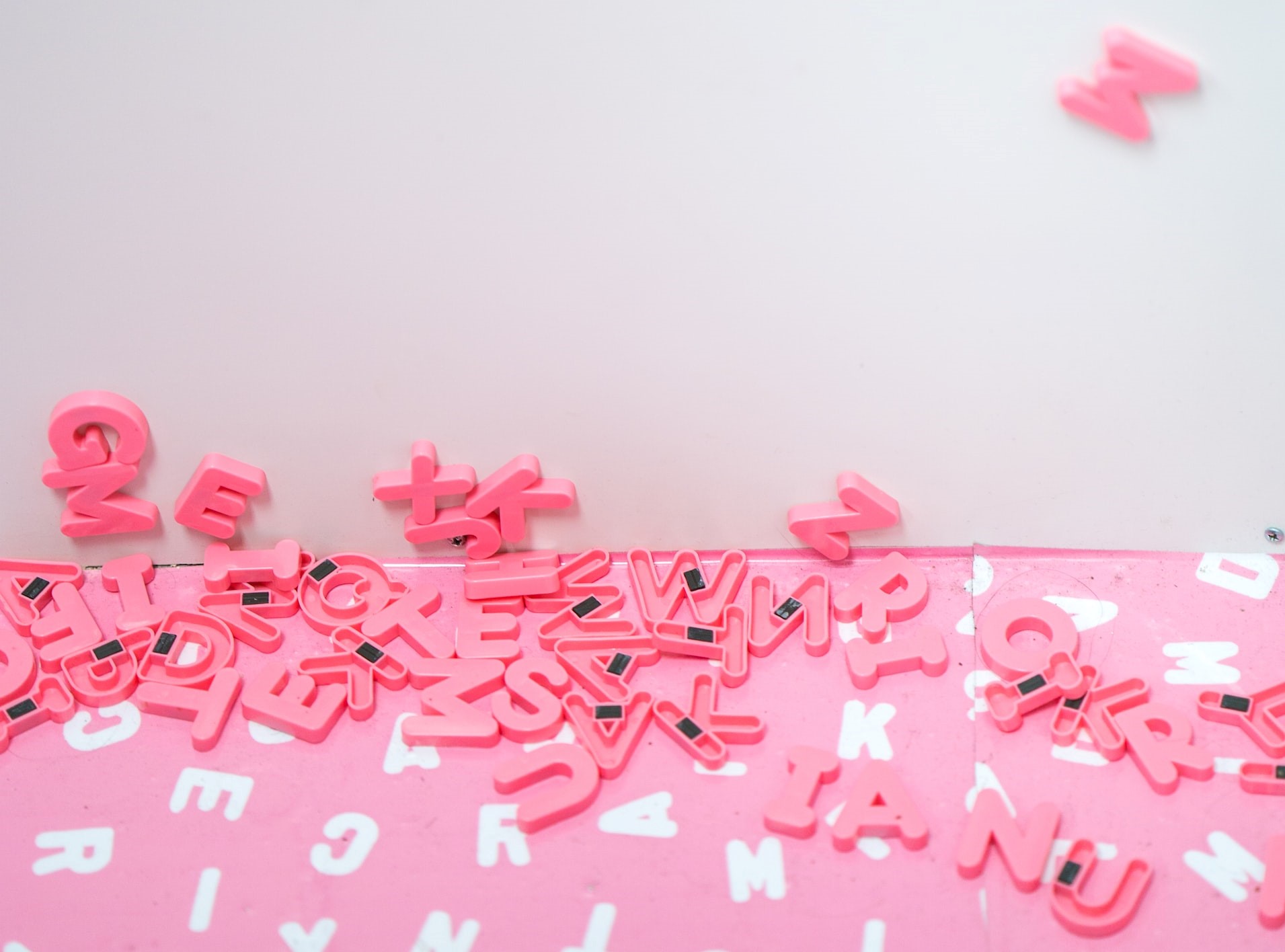From technical model for connoisseurs to (almost) mainstream idea: in a little over a decade, the narrative of the circular economy has experienced massive evolution. But what are the current tools, channels, and keywords to communicate the circular transition? What are the most common mistakes and most pressing messages? We asked such questions to three of the leading international authorities in the field of circular economy promotion.
A new narrative for a new economy
2nd September 2010 marks a breakthrough in the history of the circular economy: it is the day when a potentially revolutionary model, that up until then was just confined to experts, starts its journey into contemporary imagination.
On that day, English yachtswoman Ellen MacArthur, record holder in solo circumnavigation for the fourth year running and at the peak of success, decides to give up the sea to devote herself to a new adventure. She shares the news with the world with a tone and words that, rather than an economy volume, conjure up a John Lennon’s song: Imagine the endless possibility of the future / Imagine innovation and development / Imagine a system where stuff is made to be made again.
MacArthur tells a story about the circular economy. She is a trailblazer and realised that it’s not just about an economic model, but a cultural and social revolution, and as such, it cannot do without the most strategic of allies: communication.
In the space of over a decade, many things have changed. The circular economy is currently on the verge of becoming a mainstream concept, with all the ensuing advantages and risks this involves. If simplification is sometimes necessary, trivialisation is always around the corner, if the model may be appealing for companies and marketing operations, we need to look out for the dreaded circular washing; if the enthusiasm for new technologies and solutions is contagious, it’s good not to ignore the bigger picture and potential side effects. Marketing operators and press officers, influencers and evangelists, international foundations, think-tanks and obviously the specialised and ordinary press, must balance out – more or less knowingly – the various positions. Besides the traditional problems of every communicator – clarity, consistency, research of new narratives and channels to reach their targets – they have an extra responsibility entirely linked to the crisis of our time: the urgency of the message they carry.
A decade of circular communication: what has changed?
In the beginning, there was the line: a straight arrow linking mines to landfills, one-way only. Then, somebody took the end of that line and bent it on itself until it closed the circle. Over the last few years, several planes, depths and nuances have accompanied that first, intuitive but two-dimensional, representation of the passage from a linear economy to the circular model. The perception of a model that seemed to concern only the end part of the economic system, i.e. waste management, has expanded to encompass all levels and sectors. The circular economy is thus becoming an extended narration that is changing with evolving times.
“I've been working in corporate sustainability for almost exactly 10 years and the idea of a circular economy (at least as a term of art) has grown from a nascent idea to a central part of corporate sustainability strategy during that stretch of time. It is true that much of the sustainability work going on 10 years ago had elements of the circular economy, but what has changed is the centrality of the topic. It is now being connected by to ESG reporting, climate goals, and pretty much any other initiatives that corporations work toward”. Jon Smieja, Vicepresident of GreenBiz’s Circularity Section and in charge of North America’s most important conference on the circular economy, talks from a privileged vantage point. Since 1991, the American media company has indeed acted as a catalyst and mouthpiece for innovations in the field of the green economy and managed to witness the circular transition’s growing trend in the communication towards stakeholders and businesses.
Tidings of the circular economy, though, do not only reach insiders. “Luckily, the message is starting to involve citizens”, says Ladeja Godina Košir, founder and director of the international non-profit Circular Change, as well as an evangelist enthusiast of the circular transition. “There’s a lot more visual communication compared to ten years ago and the subject is currently covered by media through fashion, design and architecture, thus making it more accessible to everyone. I can see this when I flick through magazines such as Elle or Grazia, or airline magazines: up to 5 or 6 years ago, nobody offered articles about the circular economy, while nowadays you see them in every issue.
Laxmi Adrianna Haigh, co-author of the Circularity Gap Report released annually by the Circle Economy think-tank, believes readership enlargement is key. “One of circularity communication’s main evolutions is the departure from the technocentric vision to somewhat embrace a social focus. It’s no coincidence that Circle Economy endorses a programme called Circular Jobs Initiative, where the circular transition is analysed and narrated from the perspective of its impact on citizens’ jobs and wellbeing”. As a researcher, Haigh also recognises another fundamental improvement for the circular communication: the achievement of common points of reference. “Up to only 5 years ago, the situation was rather fuzzy, people often complained about the lack of definitions and the multitude of frameworks to work on. At last, we have functional frameworks such as the Ellen MacArthur Foundation’s butterfly diagram and Nancy Bocken’s Four Flows Model, allowing us to communicate in a clear and effective manner. Also, the introduction of our Circularity Gap, able to quantify the state of the circular transition at a global level (merely at 8.6%, editor’s note) is a big step forward towards finding internationally-acknowledged points of reference”.
Imperfect circle
If the perfection of the circle only exists in geometry textbooks, circularity is a process aspiring to it by continuously correcting its curvature. The same applies to its communication that is gradually learning from its own mistakes.
According to Laxmi Haigh, focusing on recycling is amongst the most common and persistent ones. “Many are convinced the circular economy is synonymous with recycling – she explains – but this is a big misunderstanding. Recycling, in the circular strategies’ hierarchy, is the least desirable. We should rather aim for solving the problem of excessive consumption: if the consumption of resources keeps on growing, all efficiency strategies we may introduce will never be enough to curb the environmental crisis”. Another sore point is the lack of social focus. As mentioned above, this aspect has only recently started to gain momentum. “There’s always a lot of talk about matter, goods and services flow when dealing with the circular economy – Haigh claims – while it should also concern the way those goods and services can meet people’s needs while contributing to building a more equal society”.
The third big issue is Eurocentrism. The fact that Europe started earlier and therefore ahead of the game, especially from a legal perspective, is beyond dispute, but the European way is not the only pathway towards circular transition. “It is high time we broadened our vision – Haigh adds –. There are organisations such as Chatham House that are carrying out an excellent job in this regard. We, at Circle Economy, for instance, have published a report on the effects, even negative ones, European policies on the circular economy can have on the rest of the world. They are not easy issues to tackle, but it’s good to talk about them”.
The European cognitive “bubble” is also worrying Ladeja Košir, who, instead, sees the advantages there would be in drawing inspiration from “grassroots” solutions adopted in developing countries. “It’s about time we stepped down from our throne,” she observes. “We must start being more humble and open to everything we can learn from less privileged countries and people.”
Moving away from eurocentrism, getting rid of technocentrism and giving up a purely economic perspective: making up for past mistakes, therefore, means bringing the circular economy communication towards a more inclusive narrative. A broadening of our viewpoint is what Jon Smieja insists on, from yet another perspective. “I reckon – he explains to us – it is critical to write about specific topics and advancements in circularity to hold up examples of successes, but a common mistake is to fail to connect that story back to the larger system it is trying to change. In other words, no circularity innovation is able to stand alone outside the system. Because transitioning to a circular economy requires a systemic change, it is always critical to connect any story back to the larger picture”.
The Next Big Story
The circular economy narrative is thus a complex architecture, resistant to easy slogans and in need of depth. We are going through pressing times: climate change, geopolitical crisis and the forthcoming economic crisis make the transition towards a new model on a global scale ever more urgent. So, what are the top messages for those communicating circularity?
Ladeja Košir’s number one priority is an appeal to dialogue and collaboration: “Nobody – she comments – is smart or prepared enough to win the battle we are facing, alone; no solution, however brilliant and efficient it may be, can be enough alone. We really need to exchange knowledge, skills and cooperation.”
Jon Smieja also talks about cooperation, more specifically about industrial cooperation. “To build the infrastructure and scale the solutions necessary to advance the circular economy, we'll need collaboration within and across industries like we haven't really seen before. No one company, no matter how big, can do this alone”. Smieja also thinks it is paramount to convey the message that we are faced with an absolutely unprecedented situation. “We have to unlearn what we know about the economy”, he defiantly tells us. “None of us (with very limited exceptions) have ever lived in anything but a linear take, make, use, waste economy. We need to get very creative and step outside comfort zones to move this forward”.
Ultimately, according to Laxmi Haigh, we urgently need to turn to policy makers, “that haven’t properly understood how relevant the circular economy can be to achieve their social, environmental and climate goals”. The Circularity Gap – she adds – clearly shows how much climate-changing emissions are linked to the consumption of resources and how a circular approach may be able to reduce them. In short, the circular economy is an essential tool to combat climate change”.
The climate crisis, as journalists put it, is the biggest story of our time: a tragic story, that many people no longer want to listen to because it gives rise to anxiety, fear and makes them feel powerless. So, let’s try and tell another story. A possible, positive and “joyful” one, as Ladeja Košir put it with her infectious optimism: a story about solutions, harmony and empowerment. Let’s make the circular economy the next biggest story of our time.
Image: Jason Leung (Unsplash)
Download and read the Renewable Matter issue #42 on Services for the Circular Economy.



